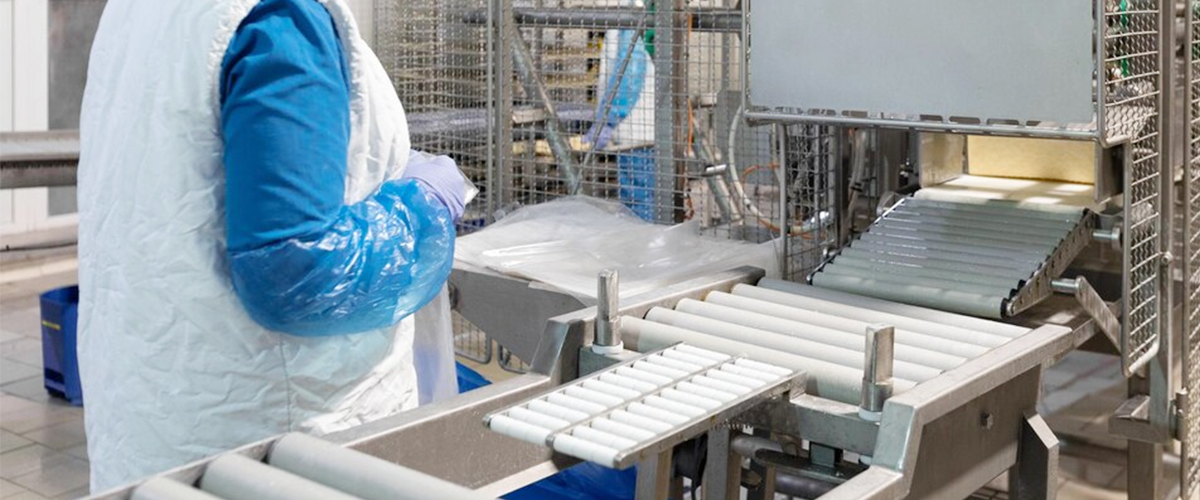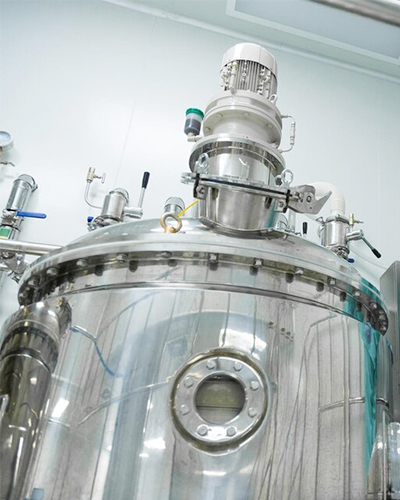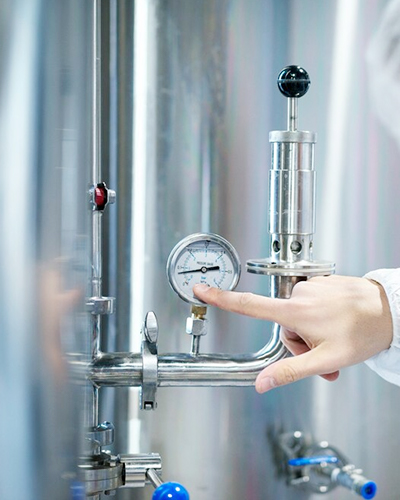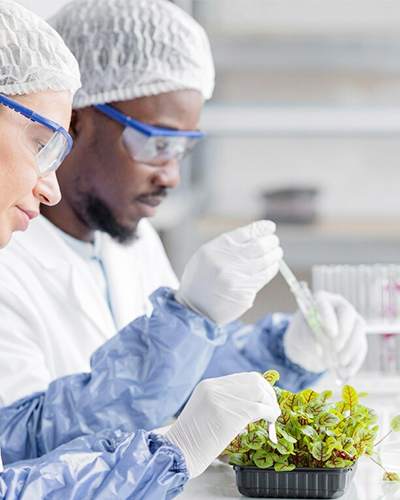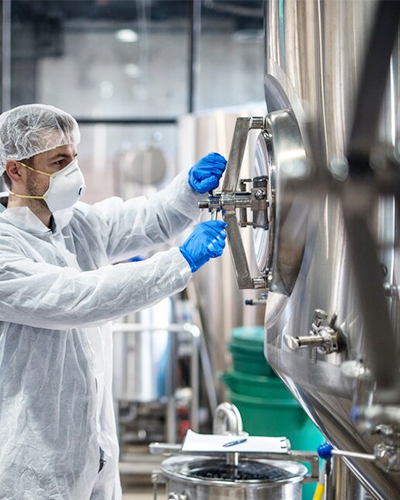Overview of Food Processing
Food processing involves transforming raw ingredients into consumable food products through various techniques that improve the shelf life, taste, nutritional value, and safety of the products. It encompasses a broad range of techniques, including preservation, fermentation, baking, cooking, and packaging.
- Process :
-
Raw Material Selection : Raw agricultural produce, such as fruits, vegetables, grains, meat, and dairy, are sourced from farms and suppliers.
-
ProcessingPreparation & Pre-treatment :
The raw materials are washed, peeled, cut, and sometimes blanched or treated with heat to reduce microbial load.
-
Primary Processing : The main transformation process, such as grinding, boiling, roasting, or mashing, depending on the type of food product.
-
Preservation : Methods like refrigeration, freezing, canning, pickling, drying, and pasteurization are used to extend shelf life and maintain food quality.
- Mechanism :
-
Heat Transfer Mechanisms : Thermal processes such as pasteurization, cooking, and drying are used to control the temperature, which kills microorganisms, enhances flavors, and extends shelf life.
-
Physical Separation :
In many cases, food processing involves separating different parts of raw food (e.g., separating seeds from fruits or cutting meats into pieces).
-
Chemical Reactions :Chemical methods like fermentation, oxidation, or enzymatic processes are used to alter the food product at the molecular level.
A. Thermal Processing (Heat Treatment)
Thermal processing uses heat to kill or deactivate harmful microorganisms, extend shelf life, and improve the flavor, texture, and nutritional value of food products. It is one of the most common methods for preserving food.
Process :
-
Blanching : The raw food is briefly heated in water or steam and then rapidly cooled. This helps preserve color, flavor, and texture while deactivating enzymes that cause spoilage.
-
Pasteurization : A method of heating food to a specific temperature to kill harmful bacteria without significantly altering the food's taste or texture. Commonly used for liquids like milk, fruit juices, and soups.
-
Sterilization : More intense heat treatment than pasteurization, usually at temperatures above 100°C, to kill a broader range of microorganisms, often used in canned food.
-
Cooking : Heat is applied to improve the edibility, digestibility, and taste of food (e.g., frying, baking, or roasting).
Engineering Approach :
-
Heat Exchangers: Used for efficient heat transfer, especially in pasteurization and blanching systems.
-
Steam Systems : Steam is used to provide consistent and controlled heat for thermal processes.
-
Automated Temperature Control : Precision temperature monitoring and control systems are designed to ensure consistency in the food processing environment.
-
Thermal Uniformity : Equipment designs are focused on achieving uniform heating, minimizing thermal degradation of sensitive ingredients.
B. Fermentation (Biological Processing)
Fermentation is a metabolic process in which microorganisms like bacteria, yeast, or molds convert sugars and starches into alcohol, acids, or gases. This is a crucial process for many types of food and beverages, such as yogurt, bread, beer, and sauerkraut.
Process :
-
Inoculation : Microorganisms (e.g., yeast or bacteria) are introduced to the raw materials like dough, fruits, or vegetables.
-
Fermentation : The microorganisms digest sugars and starches, producing acids, gases, or alcohols as by-products, which alter the flavor, texture, and nutritional properties of the food.
-
Control : Temperature, humidity, and time are carefully controlled to optimize the fermentation process and prevent spoilage.
-
Control : Temperature, humidity, and time are carefully controlled to optimize the fermentation process and prevent spoilage.
Engineering Approach :
-
Fermentation Vessels : Stainless steel fermentation tanks or vats equipped with temperature and humidity control systems to optimize microbial activity.
-
Monitoring & Control Systems : Sensors and automation are used to monitor pH levels, temperature, and CO2 production to ensure consistent fermentation quality.
-
Pasteurization & Cooling Systems : After fermentation, the product may be pasteurized to stop the process and then cooled to a safe storage temperature.
-
Vacuum Drying Systems : These systems utilize vacuum conditions to accelerate drying without using high heat, preserving delicate flavors and nutrients.
